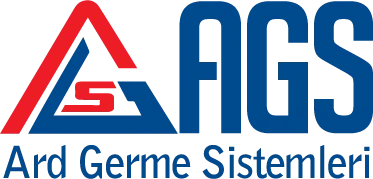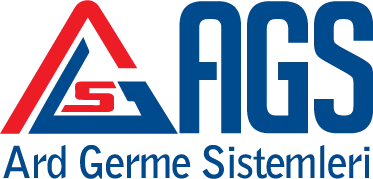Types of Post Tensioning Systems
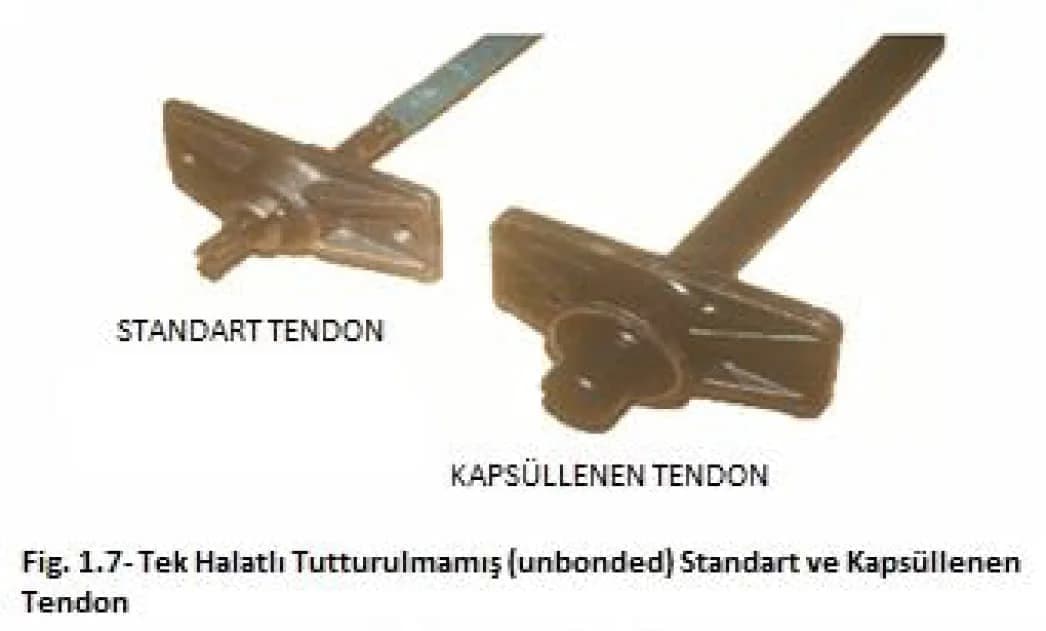
In most post-tensioned construction, the prestressing tendons are contained within in the concrete. These internally post-tensioned systems can be either bonded or unbonded. In some bridge and retrofit applications, the post-tensioning tendons are mounted outside the structural member. These are referred to as external post-tensioning systems.
UNBONDED TENDONS
In unbonded systems, the prestressing strand is not bonded to the surrounding concrete through out its service life. Unbonded systems allow relative movement between the strand and surrounding concrete. Most single-strand systems and most external post-tensioning systems fall under this category.
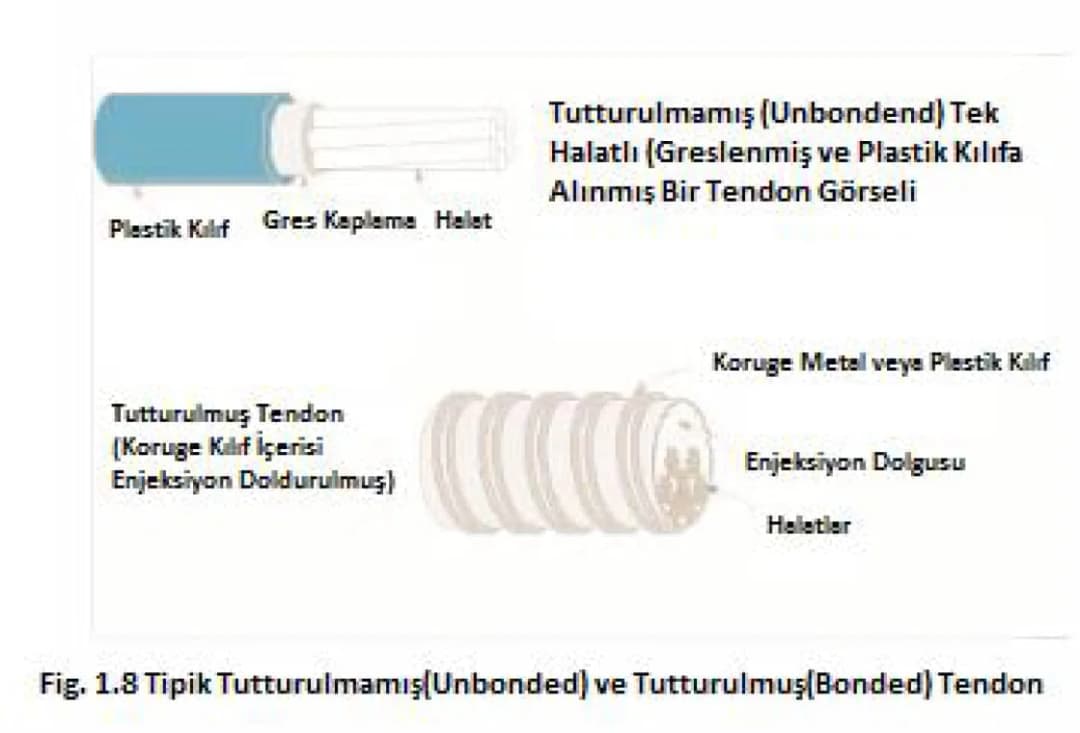
The tendons in an unbonded system typically consist of single-strands that are coated with a corrosion inhibiting coating and protected by extruded plastic sheathing. This allows the strand to move inside the plastic sheathing and prevents in gress of water. The strands are anchored to the concrete using ductile iron anchors and hardened steel wedges. The tendon is supported by chairs and bolsters along its length to maintain the desired profile.
Depending on the exposure of the single-strand unbonded system it can be classified as a standard or an encapsulated system. Encapsulated systems are required for aggressive environments where there is a possibility of tendon exposure to chlorides or other deleterious substances. Encapsulated tendons are designed to prevent any ingress of water during and after construction. Fig. 1.7 shows an example of a standard and encapsulated tendon.
BONDED TENDONS
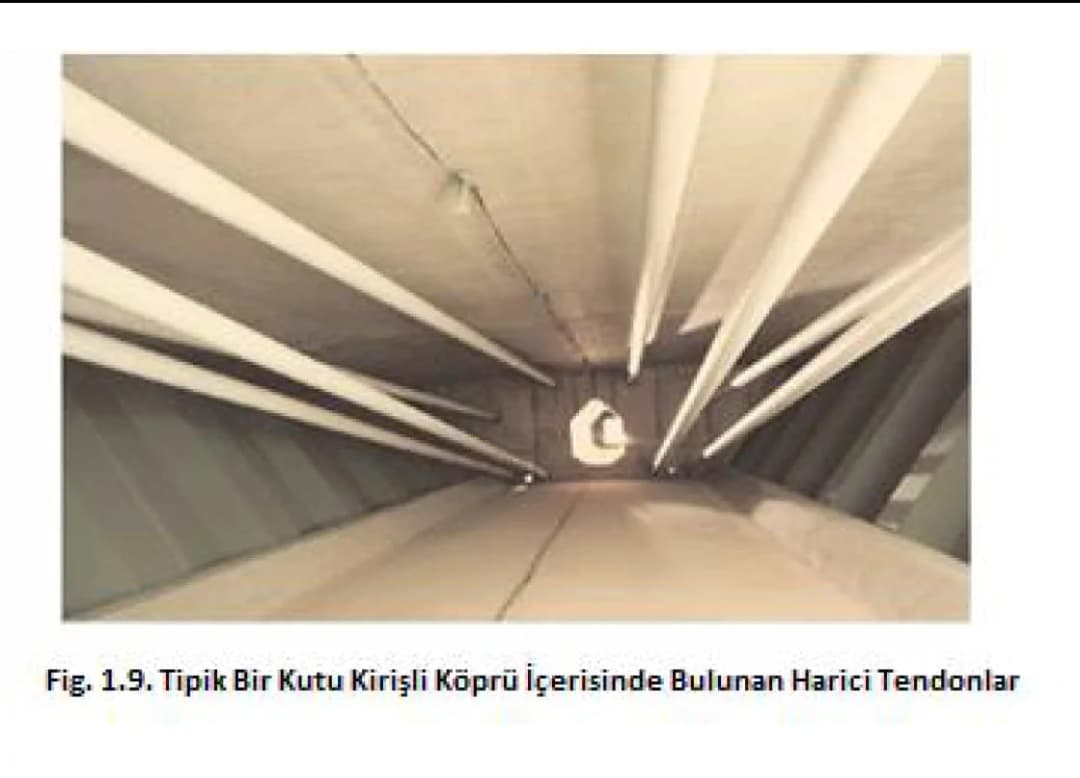
Most grouted post-tensioned systems are considered to be bonded. In bonded systems, grout is injected into the tendon to bond the prestressing steel to the surrounding concrete after being stressed. Once the grout has cured (hardened), the system behaves as an integral system without any relative movement between the steel and concrete.
Bonded post-tensioning systems typically consist of tendons either with multiple strands or single bars. The strands or bars are placed in corrugated galvanized steel, high density polyethylene (HDPE) or polypropylene (PP) ducts. Depending on the site conditions and system used, the strands may be installed in the ducts before the concrete is placedor the ducts may be installed without the strands. The strands are then pulled or pushed through the ducts. Once the concrete has gained sufficient strength, the tendons are stressed and the ducts filled with grout.
The grout provides a physical barrier to water and contaminants and provides an alkaline environment that protects the prestressing steel from corrosion. The grout also bonds the strands to the surrounding concrete.
INTERNAL vs. EXTERNAL TENDONS
An internal tendon is completely encased from anchorage to anchorage in the structural concrete. A corrugated duct is placed in the formwork prior to concrete placement to form the void into which the prestressing steel (strand or bar) is installed. The corrugations lock the tendon into the surrounding concrete and ensure that the tendon moves integrally with the concrete. These types of tendons can be found in beams, slabs, hammer head piers, bulb-T’s and box-girder bridges.
In contrast, external tendons are installed out side of the structural concrete except at anchorages and deviation points. External tendons can be straight between anchorages or deviations. (Fig. 1.9)External tendons are commonly used on precast segmental box-girders, cable-stays, and in retrofit or repair applications.
Prestressing steel used in external post-tensioning can be single or multiple strands, bars or wires. In the case of single strand tendons, the strand is usually greased and plastic-sheathed (as in a typical unbonded single-strand tendon.) Multistrand, bar and wire tendons are usually enclosed in smooth duct which is subsequently filled with grout or wax.
External post-tensioning systems allow relative movement between the tendon and the member to which it is attached and are therefore considered to be unbonded in practice.

